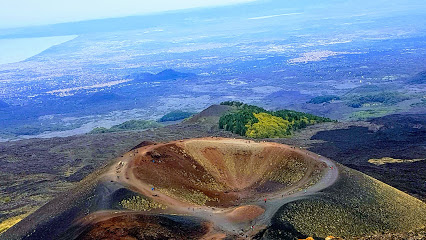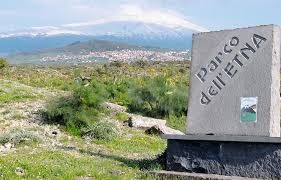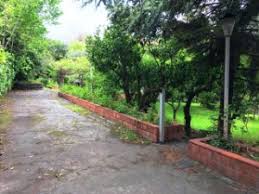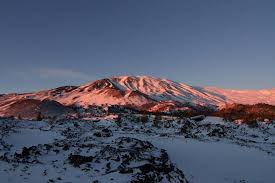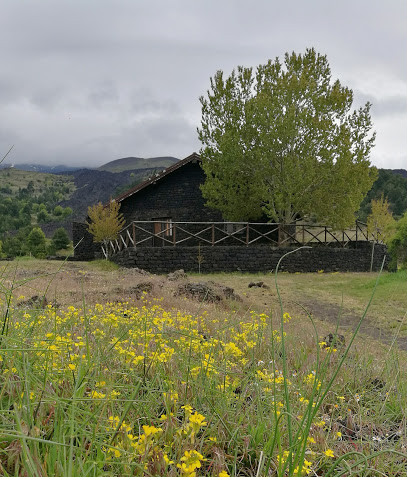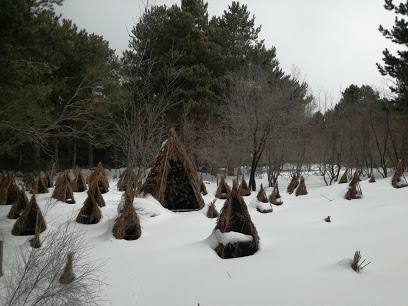The first intentions to create Etna Park were born around the 1960s when the need to protect nature from the invasion of mass tourism began after the spread of personal transport to confirm itself among mountain lovers.
The argument provoked debate among the population and politics until the 1980s when Sicily created three regional parks, including the Aetna Park with Act No. 98 of May 1981. The actual constitution of the park passed another six years, until 17 March 1987. The purpose of the park is to protect the heritage of the forest and to maintain and develop species of flowers and faunistiche specific places and to organize and coordinate the development of those tourist activities that can provide access to places and well-being of the population Living in the region.
Betula aetnensis
In the top of the volcano, there is no type of plant as in the last lava seeds can not germinate. About 2,500 meters we meet with soap (soaparia Sicula), Sicilian Astragalus (Astrakantha Sicula), Tansei (Tanacitum Siculum), Cytium Tomentosum, Cynthia (Anthemis aetnensis), Etna rennet (Galium aetnicum), romice (Rumex scutatus) and some algae and lichen.
Already about 2000 meters away, you can meet, on some slopes, pine of Lorikato, Birch Etna and beech and even down chestnuts and olives. Along with this vegetation, the Etna broom lives with its yellow flowers, in the flowering period, a beautiful color with black lava.
In the hillside area we find Nerello vineyards, which produce Etna DOC wine in the Piedmont region. On the western side of the volcano, from 600 to 850 meters above sea level, pistachio (Bronte and Adrano) and strawberries (Maletto) flourish, and are unique to its flavor and color due to the uniqueness of the region and the climate. Other notable products include apple, cola and various types of pear and peach, including "tabacchiera dell'Etna".
The richness of the soil allowed the development of a very rich agricultural species, especially in the northeastern part of the volcano compared to other regions, thanks to the special local climate because of its proximity to the Ionian coast and many tree specialties, including the red cherry Aetna (municipalities of Milo, Walnuts and hazelnuts (Comoni di Sant'Alvio, Milo, Piedmont Etnio).
the animals
The red fox sample is near Rivugio Sapinza
The Red Fox
Older descriptions of Aetna animals tell of the existence of animals that have disappeared and remain only in the popular imagination: wolves, wild boars, boron deer and deer deer. Gradual urbanization, with the opening of new roads, deforestation and uncontrolled fishing, has led to the extinction of these large mammals and continues to threaten the lives of other species.
On the volcano live among other things, porcupine, fox, wild cat, sable, rabbit, rabbit as well as smaller species including weasel, hedgehog, flute, corsino and various types of mouse, bat and snake. Wide in all areas of the volcano there are birds and species of birds of prey, such as wild hawks, hawthorn hawks, hummingbirds, nestles, golden eagles, and lily such as barn owl, algae and albumin albums.
Places of geological importance
The park has more than 200 caves of lava flow known in large part since ancient times and used by humans in various ways for cultural purposes and burial. Hard use is the accumulation of winter snow for summer use. The most famous caves are:
Mulberry Cave,
Gilo Cave, a lava flow cave with a permanent ice inside it, a temperature that even in the summer months does not exceed -6 ° C,
Cave Three Levels: In the current state of knowledge the longest cave on Etna is among the largest in the world.
Palombe Cave
The dams at Valle del Bove which form the remains of the primitive volcano Trifoglietto.

